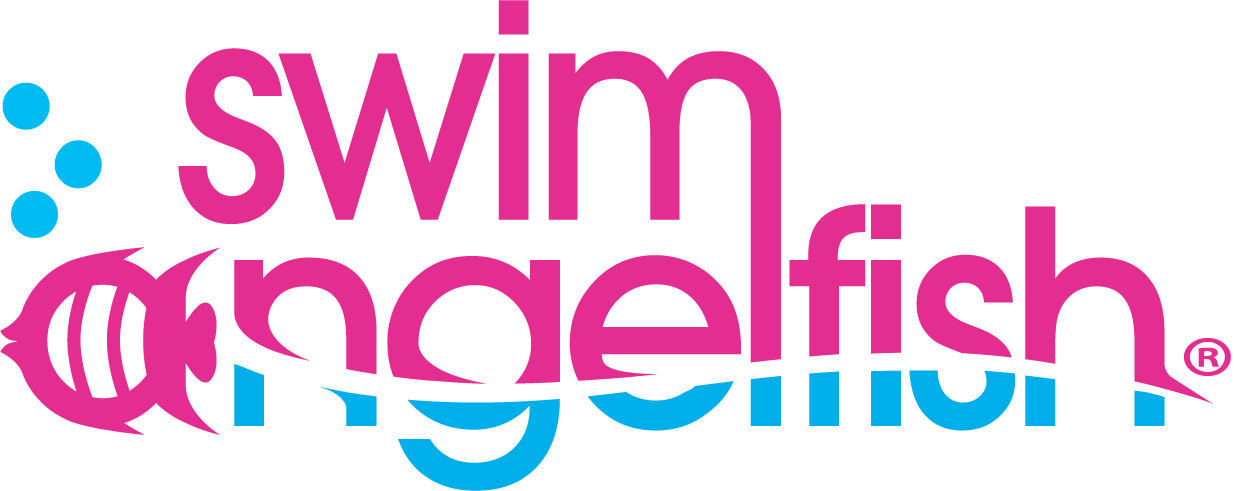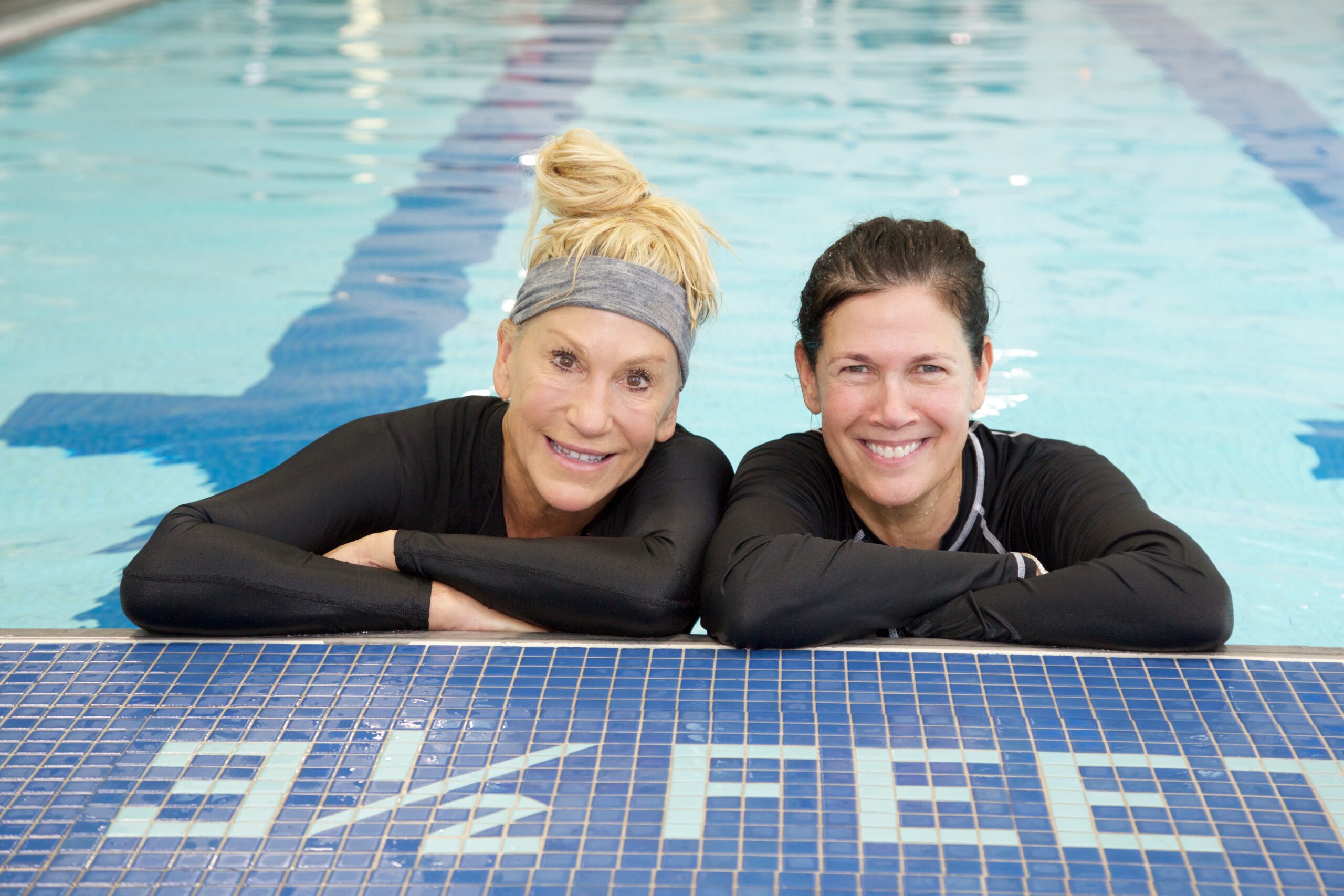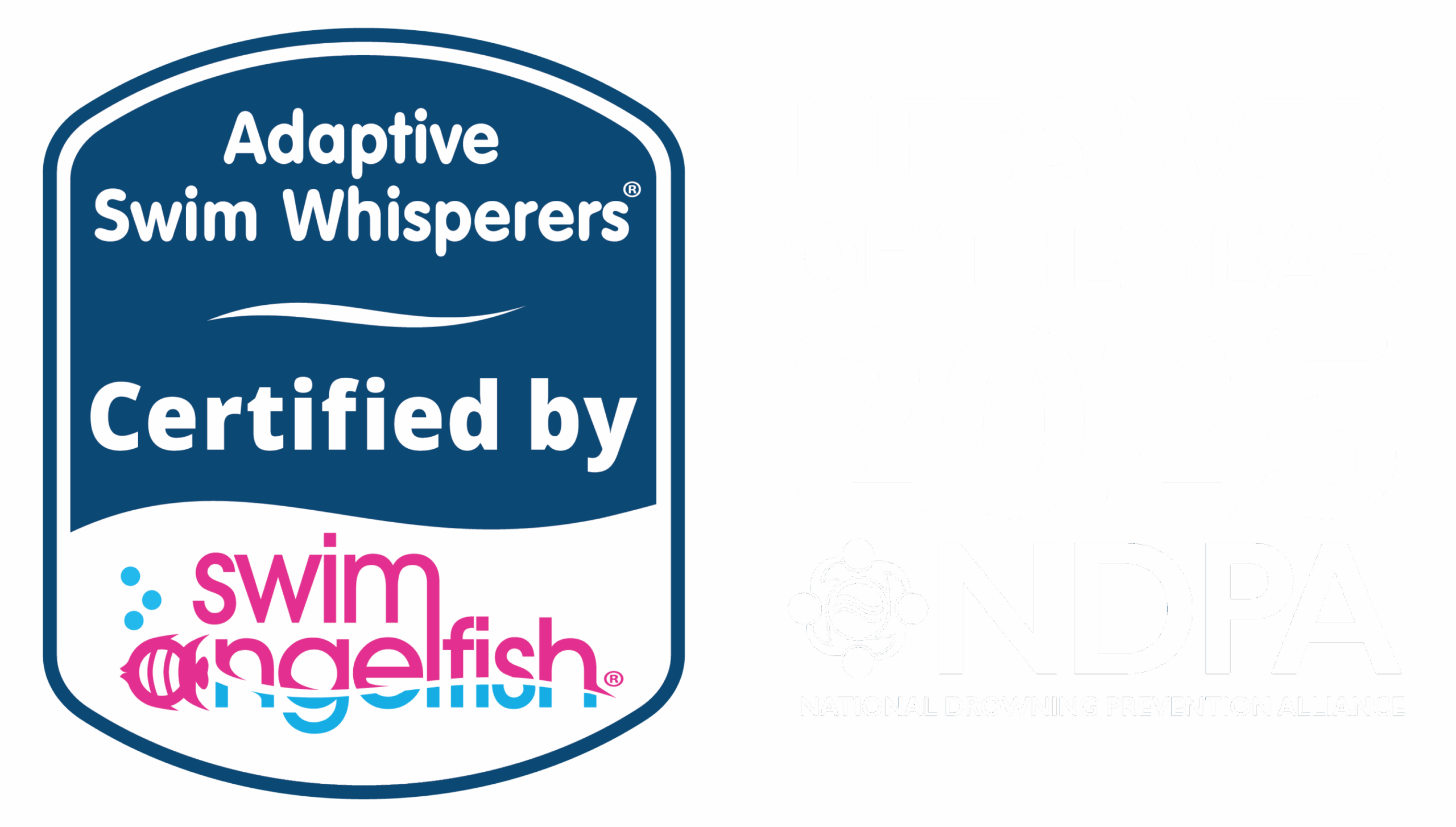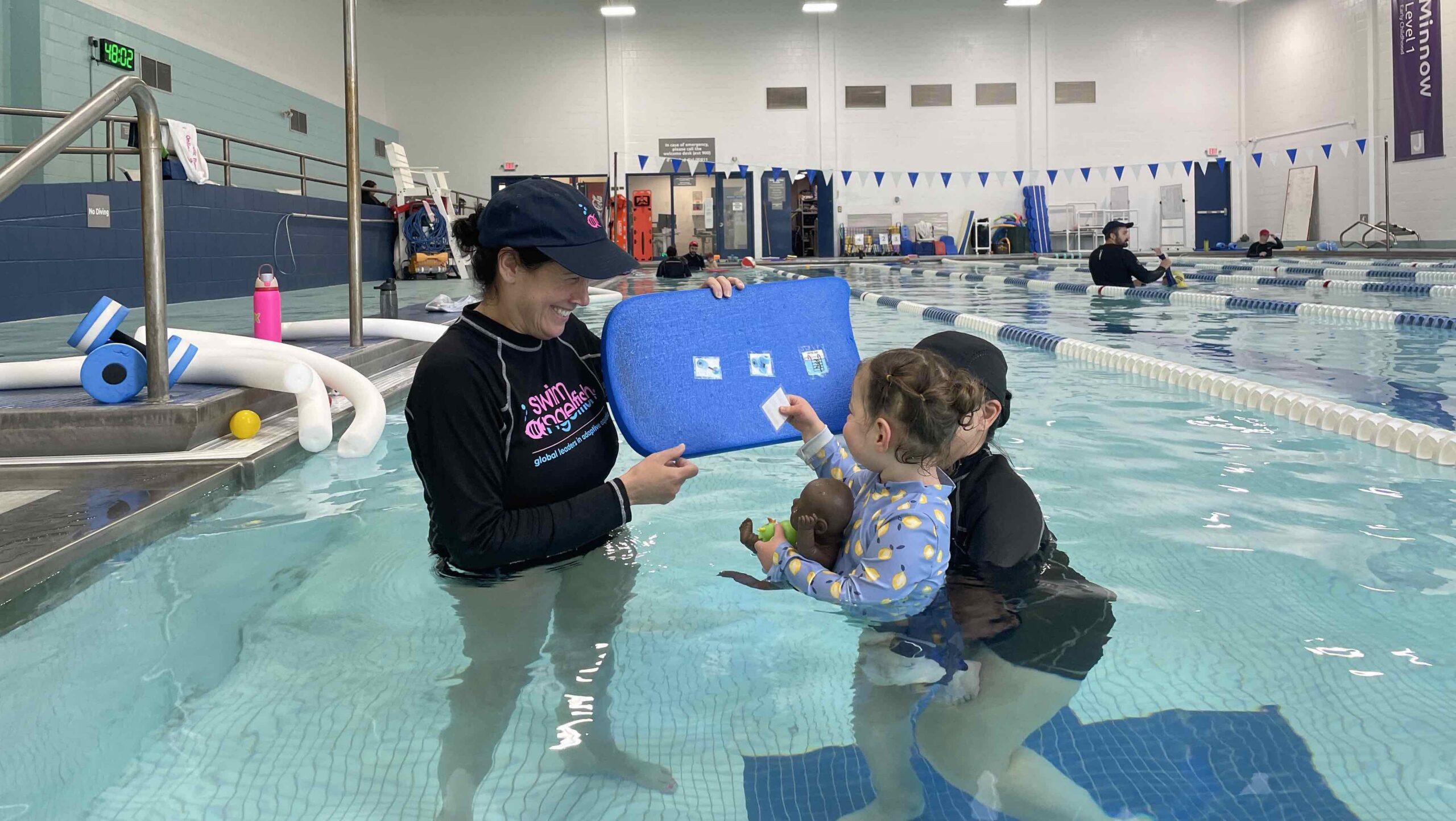
Will a picture schedule help swimmers with Autism, Anxiety and Sensory or Motor Challenges? Using a visual schedule in an adaptive swim lesson can make it easier for your swimmer to stay on task, transition between activities while providing predictability, and allow the swimmer to have some choice or control over the swim lesson.
To improve your adaptive swim lessons for swimmers of all ages and abilities you could consider using a visual schedule.
Think about your own routines in daily life from the morning drink to the locker you use at the gym. When your routines run smoothly it avoids frustration and emotional discomfort. For our swimmers with challenges, we can improve comfort and cooperation by offering visual support of what will be expected.
You might be surprised to know that we have seen this work with nervous adults, mommy and me groups, swim teams and with any swimmer who is struggling to achieve swim skill benchmarks in their typical swim lessons. From that one swimmer with ADHD who is constantly getting off track to the non-verbal swimmer, you might find that a visual schedule is just the right tool for improving success.
What is the Difference Between a Visual Schedule and PECS?
A visual schedule is a general term for any schedule that uses pictures to represent activities or events. While PECS also uses pictures, it’s a picture exchange communication system benefitting anyone who struggles with communication, anxiety or relies heavily on their visual system to understand expectations.
Visual Schedule: Can be used for a variety of purposes, such as helping children understand their daily routine or assisting individuals with disabilities in following instructions.
PECS: PECS (Picture Exchange Communication System) focuses on teaching functional communication skills by exchanging pictures for desired items or actions.
Our waterproof visual schedule incorporates PECS for learners with disabilities into a picture schedule, creating a supportive tool that can become part of a swim lesson strategy.
Benefits of Visual Schedules in Aquatics
Ask yourself…Do you like to know what you need and what will be expected of you when you try a new fitness class or are preparing a brand-new recipe?
Here are 5 reasons why a visual schedule is helpful for special needs swim instruction:
While visual schedules are a valuable tool in adaptive lessons, flexibility is key. Our Swim Whisperers online certification addresses this, emphasizing strategies like fading the schedule as progress is made. This enables instructors to support their clients to reach swim skill benchmarks by addressing underlying issues, then transitioning to a more traditional teaching style once the schedule is no longer necessary.
How to Teach Swim Lessons with a Visual Schedule?
PECS photos can be used to create a swim lesson plan that provides visual support.
Make sure you have your laminated cards, kickboards to place them on, and a plan for that individual swimmer or group ready. Allow options for activities that support strategies to overcome roadblocks and achieve swim skill benchmarks. Use “choice” picture cards if you need to add breaks for the swimmer.
The visual schedule can be used in two ways:
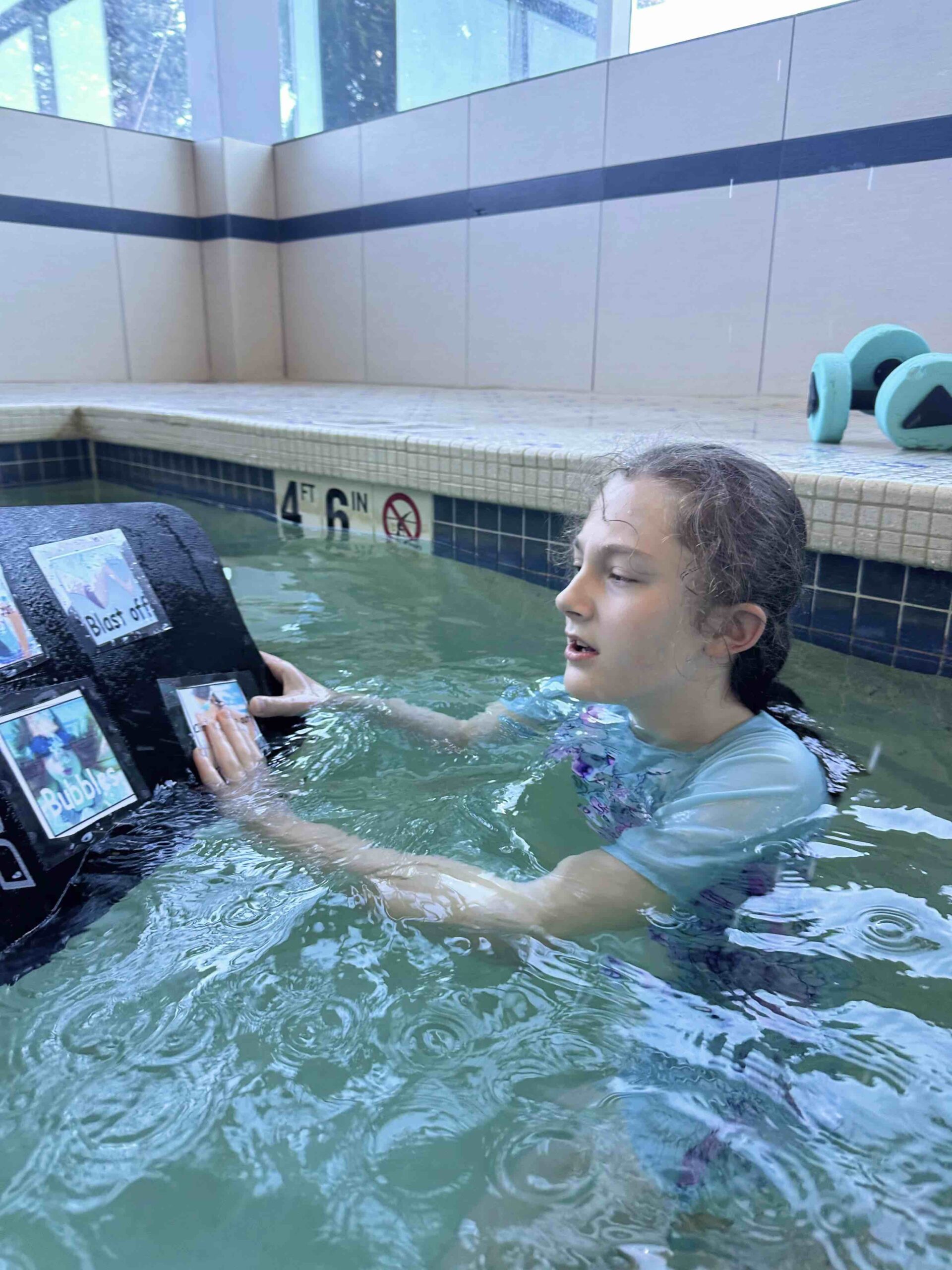
Remember, there’s no one-size-fits-all or ‘secret recipe’. While these suggestions are a starting point, use your intuition and talk with parents about the swimmer’s experience with visual schedules.
Do you want the parents to assist you in the schedule? Communication is vital because you may think it’s a great idea, but some parents do not want their child using a schedule or they may have tried the strategy on land and already know that it doesn’t work.
Check out one of our Level 4 Swim Whisperer Certified Instructors using our Visual Schedule (PECS) in her lesson with an anxious swimmer. This is a sneak peek from our Level 1 Swim Whisperers Online Training Program.
Making Your Waterproof Visual Schedule
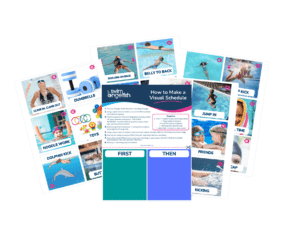
Ready to craft your own waterproof visual schedule to use in autism swim lessons or in adaptive swimming lessons?
The Adaptive Swim Whisperers certification goes beyond the basics, offering advanced training to refine your use of visual schedules.
You’ll dive deeper into common roadblocks like Ways of Processing, Engagement and Interaction, and Seeking Sensory Input. A deeper understanding of these behaviors and how to overcome these challenges in learn-to-swim lessons will empower you to leverage visual supports more effectively.
Visual schedules can benefit both neurotypical and neurodiverse swimmers by improving transitions, reducing anxiety, and helping them to follow directions. We have a visual schedule at each pool location as part of our standard equipment to support our Swim Whisperers Adaptive Swim Lessons.
